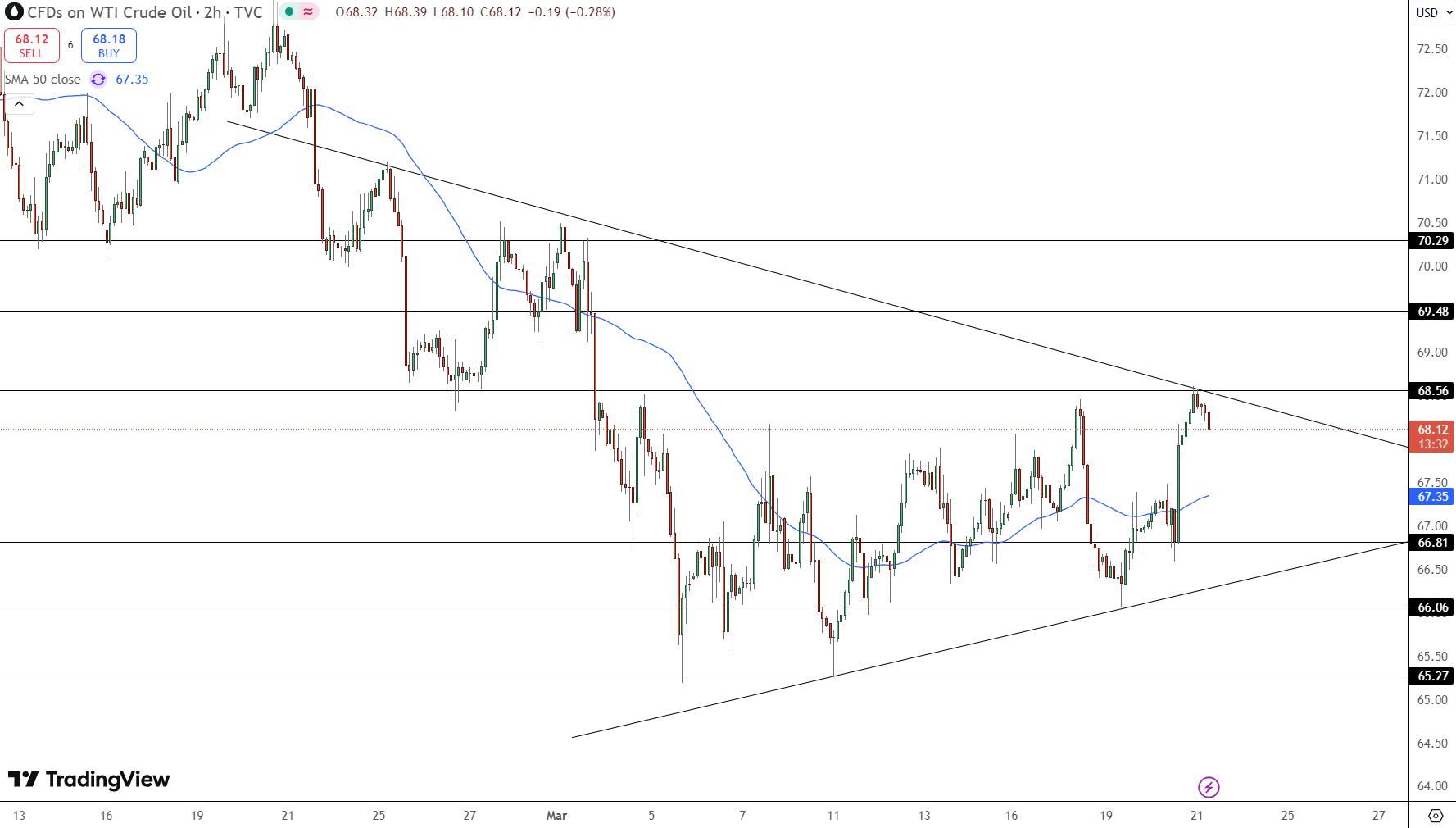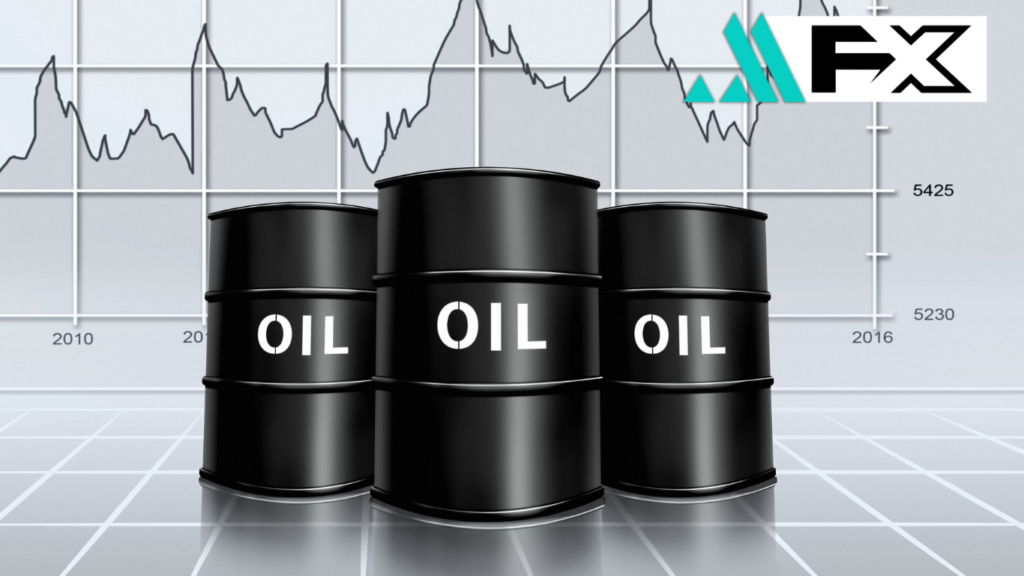Oil prices advanced on Friday, poised for their second consecutive weekly gain, as fresh U.S. sanctions on Iran and a new OPEC+ strategy to curb output stoked concerns over tightening supply.
Brent crude futures edged up 0.2% to $72.14 per barrel, while U.S. West Texas Intermediate (WTI) crude rose 0.2% to $68.23 per barrel by 06:42 GMT. Both benchmarks were set to post a 2% weekly increase, their strongest performance since early 2025.
- Brent crude: +0.2% to $72.14 per barrel
- WTI crude: +0.2% to $68.23 per barrel
- Weekly gain: +2% for both benchmarks
Market sentiment shifted as Washington escalated its pressure on Tehran, introducing new sanctions targeting Chinese refiners involved in the purchase of Iranian crude oil. The move signaled a more aggressive stance, reinforcing U.S. efforts to curb Iran’s oil exports.
U.S. Sanctions Threaten Iran’s Oil Exports
The latest sanctions, announced by the U.S. Treasury on Thursday, marked the fourth round of penalties imposed since President Donald Trump’s February pledge to reinstate maximum pressure on Iran. The sanctions directly target vessels and independent Chinese refiners engaged in Iranian crude imports.
- Analysts at RBC Capital Markets described the sanctions as a “clear escalation,” noting that while the immediate impact on physical supply is limited, the risk premium in oil markets is increasing.
- ANZ Bank analysts predict a 1 million barrels per day (bpd) decline in Iranian oil exports due to heightened sanctions enforcement.
- According to Kpler vessel tracking, Iran exported over 1.8 million bpd in February, meaning any disruption could significantly affect global supply.
This renewed pressure on Tehran follows a broader trend of geopolitical tensions affecting the oil market, with investors closely monitoring potential retaliatory actions from Iran.
OPEC+ to Cut Output Amid Compliance Issues
Adding to supply concerns, OPEC+ announced a new plan on Thursday for seven members to cut additional output, aiming to compensate for previous overproduction. The adjustments will represent cuts between 189,000 bpd and 435,000 bpd, extending until June 2026.
Meanwhile, OPEC+ confirmed an incremental production increase of 138,000 bpd starting in April, reversing some of the 5.85 million bpd reductions implemented since 2022.

However, compliance remains a challenge:
- ING analysts warned that while a compensation plan exists, some members have consistently exceeded their production targets.
- The effectiveness of these cuts will depend on whether OPEC+ members adhere to their commitments.
With escalating U.S.-Iran tensions and shifting OPEC+ policies, oil markets remain volatile. Investors will be watching for further geopolitical developments and production data in the coming weeks.


